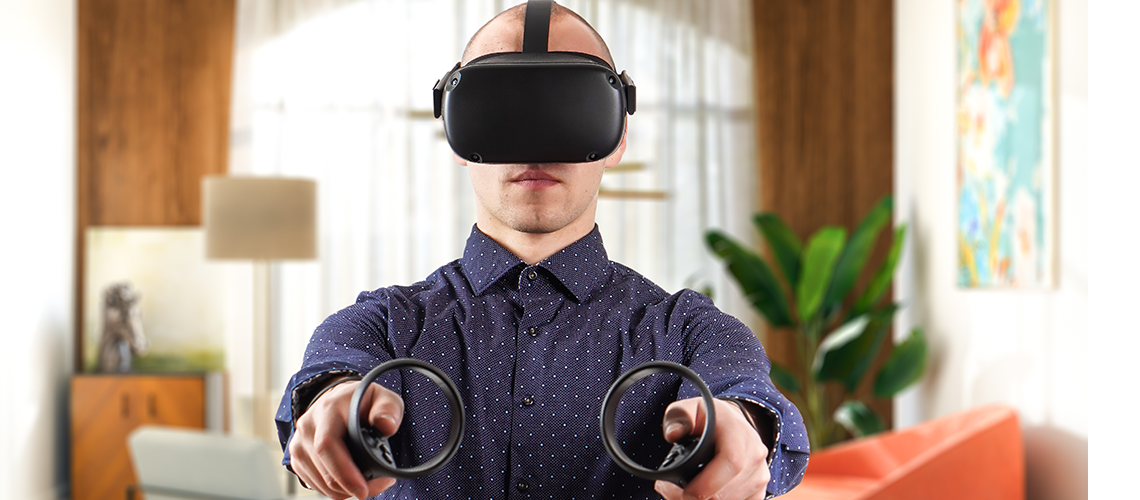
For most nursing schools across Ontario, the education offered today is relatively unchanged from when I was a student 10 years ago. Assessment and social skills are acquired and refined through direct interaction with volunteers or educational staff. Clinical and tactile skills are practised on anatomical replicas (i.e. training arms). And responses to dynamic, clinical cases are tested in a simulation lab with automated mannequins that speak, blink and simulate vital functions.
During the COVID-19 pandemic, schools and students faced challenges fulfilling practicum requirements due to restrictions, and several U.S. colleges tried to get ahead of the issue by launching virtual reality (VR) nursing education. Research was conducted to evaluate its efficacy in regards to student outcomes.
David Thompson, an associate professor of nursing and a nursing education researcher at Thunder Bay’s Lakehead University, found students were more comfortable with VR than with the standard automated mannequin in a sim lab. Students’ evaluated knowledge (i.e. time to complete procedures, effectiveness of completing interventions, and overall knowledge scores) were on par with students’ evaluated knowledge in a sim lab. Further, VR students reported feeling a higher level of engagement and greater perceived knowledge.
I decided to experience VR for myself, to better understand the technology and assess its appropriateness in nursing schools across Ontario.
Standing in my cleared-out living room, under the supervision of SimX guide Weston Anderson, I put on the headset and was transported to a virtual nurses’ station. Weston provided instructions on how to move my body and manipulate virtual objects. For every step I took in the physical world, I moved the same distance in the virtual world (hence the cleared-out living room). I was transported to hospital room 213, with a virtual nurse a few steps in front of me. I pressed the “action” button and she began to speak.
“Rebecca is a 35-year-old African-American woman with stage 4 renal disease…”
“Whoa,” I thought to myself. But my amazement was interrupted as she continued her terse report.
“If there is anything else, just check her chart. I’ll see you tonight for shift change,” she said, then turned around and exited the room.
A nervousness arose in my body. The situation felt real. “Concentrate,” I thought to myself. I need to review the chart and make sure I am ready to see my patient. I turn and walk towards the chart. As I read, I can see a patient bed in the corner of my field of view. I curiously turn my head and the patient, Rebecca, is staring back at me. I turn away and finish reviewing the chart. “Here goes.”
RNJ ACCESS
You are only one quick step away from full access to all RNJ content.
Already an RNAO member? Log in
